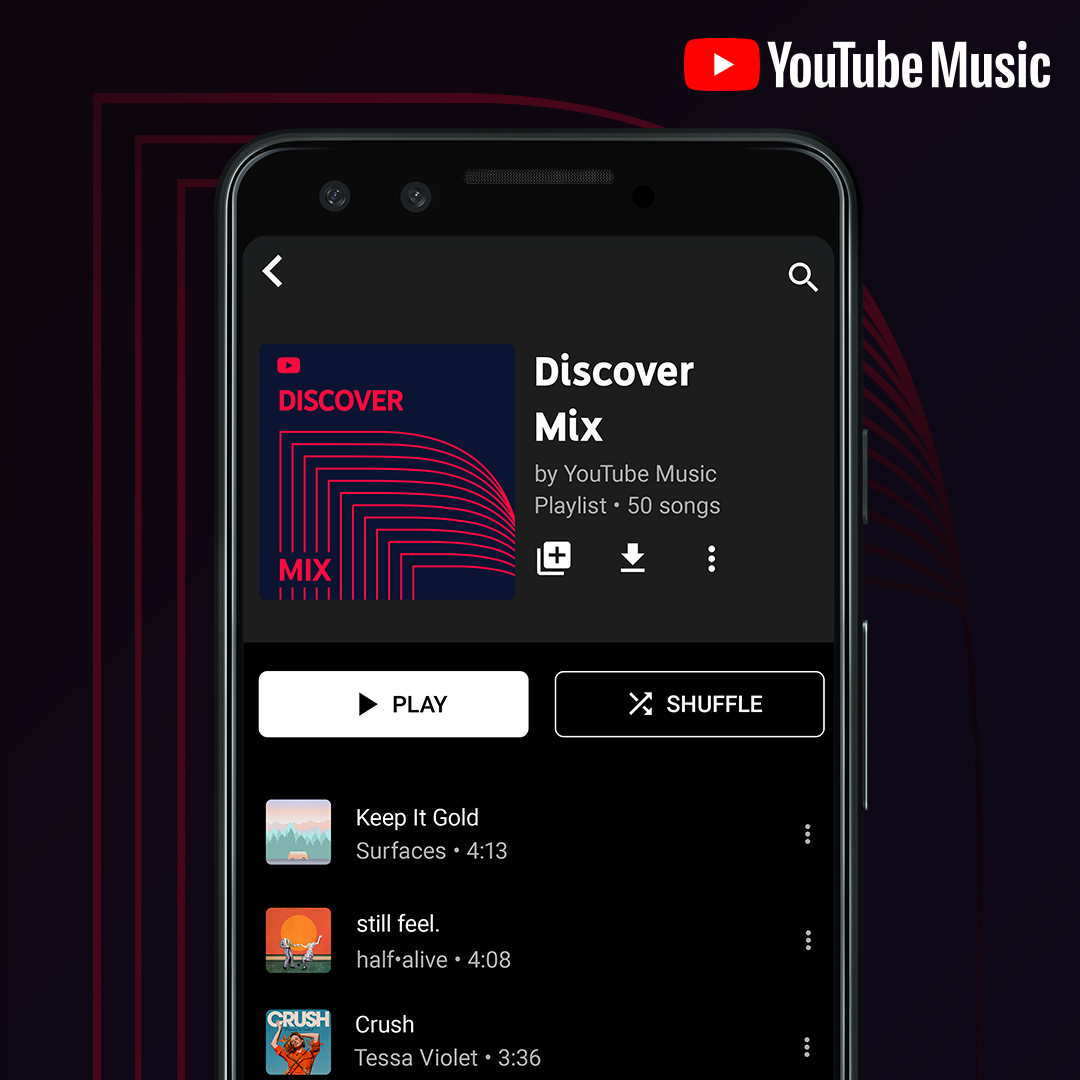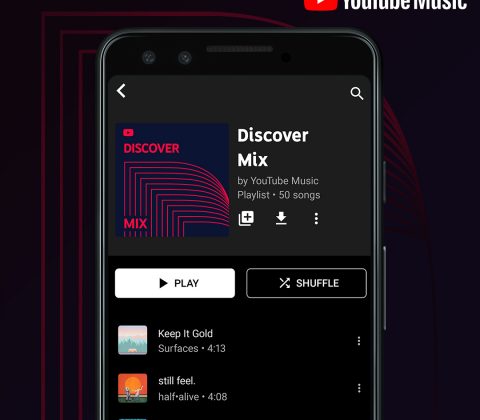Posts Tagged: mixed
Apple’s mixed reality headset could feature full-body FaceTime avatars
Apple is expected to reveal its long-anticipated mixed reality headset in the coming months. The device has been in the works for several years and it'll be Apple's first new product category since Apple Watch, which debuted in 2015. Many details about the device have emerged through the rumor mill. Although much of the information in his latest piece on the headset has already been reported, Bloomberg's Mark Gurman has revealed some more details about what to expect from the product, which may be called Reality Pro.
It's said to be a standalone device with an interface similar to that of iPhone and iPad and the option to pin widgets to the home screen. Alternatively, it may be used as an external display for a connected Mac. Along with Siri voice commands, there'll be the option to use a Mac, iPhone or iPad keyboard to enter text on the so-called "xrOS" operating system, according to the report. Apple is believed to be working on a way for users to type with their hands in midair, like in many sci-fi movies, but that option likely won't be available when the headset debuts.
It's expected that there will be health-tracking features and the option to install third-party apps. Virtual reality video is said to be a focus, with the company adding support for Apple TV+ content. It's believed that Apple has held talks with Disney, Dolby and other media partners regarding VR content, and that there will be the option to watch video on virtual screens in environments like space or a desert. Users might need to wear AirPods or other supported headphones for spatial audio if they want to be fully immersed. Gaming may be an important aspect of the device as well.
The key selling point for the headset could be Apple's approach to hand and eye tracking. It's believed that the device will have sensors that can follow wearers' eyes and several external cameras that can monitor hand movements. The idea, according to the report, is that users would be able to select an item (such as an app icon or button) by looking at it and then squeezing their thumb and index finger to carry out that action. If this approach works as expected, wearers wouldn't need to use hand controllers — rival headsets typically require those. Meanwhile, the headset may have a screen on the front that can display the wearer's eyes, which might be a little offputting for some.
The device is expected to support virtual reality and augmented reality, with the ability to switch between the two modes using a Watch-like digital crown. Meta's latest headset, the Quest Pro, offers full-color passthrough for AR use and it's expected that Apple will offer a similar function.
Apple may be keeping users who need prescription glasses in mind. Many glasses wearers have found it uncomfortable to wear VR and AR headsets. However, it's claimed that Apple will offer custom lenses that sit within the headset's enclosure, which could make it more comfortable to use.
One intriguing aspect of the headset that doesn't seem to have been reported before is how it will handle one-on-one FaceTime calls. It was previously believed that other people on a call will be displayed as an icon or Memoji. That's still likely to be the case for group calls. For one-on-one chats in which both participants are wearing a Reality Pro, the report suggests that FaceTime will render realistic versions of their face and body. Processing limitations seemingly prevent this feature from being available for group calls. Other companies, such as Meta, typically render users in a more cartoonish fashion (and don't yet include legs).
Any of these features may still yet change as the headset is months away from coming to market. However, it's believed that Reality Pro will be powered by an M2 chipset. A second chip called the "Reality Processor" is expected to handle graphics and mixed-reality experiences.
While other headset makers typically opt for a plastic body, Apple is believed to be constructing Reality Pro using aluminum, glass and cushions with a similar look to the AirPods Max headphones. However, the battery is not expected to be built into the device. According to Gurman, the battery will be in an external pack that connects to the headset via a cable and is placed in a user's pocket. That, and a cooling fan, could help avoid the headset from overheating, but it could lead to a weight imbalance. The battery life is said to be around two hours.
Apple may reveal the device this spring — before this year's Worldwide Developers Conference in June — and release it this fall. The price, though, may put off many who might otherwise be interested in Reality Pro. It's long been expected that the headset will retail for around $ 3,000. That's twice as much as the Quest Pro.
This is a gamble for Apple as it moves into a new market that hasn't yet seen mass adoption. The report suggests that Apple expects to sell around 1 million units in the first year and the company even anticipates that the first version of Reality Pro won't turn a profit. Another version that will cost around $ 1,500 is said to be in the pipeline, though that may not arrive until late 2024 or early 2025. The cheaper model may eschew the Reality Pro's 4K displays for ones with lower resolution to reduce the cost.
Apple’s mixed reality headset may feature an M2 processor
The latest version of Apple’s long-rumored mixed reality headset features the company’s recently announced M2 system-on-a-chip and 16GB of RAM, according to Mark Gurman. The Bloomberg reporter shared the tidbit of information in his latest Power On newsletter – along with details on a “deluge” of devices Apple plans to release over the next year, including a new HomePod speaker.
As The Verge points out, most recent reports, including those from Apple analyst Ming-Chi Kuo and The Information, have suggested the augmented and virtual reality headset would feature two processors. According to Kuo, one of the SoCs would have the same capabilities as the company’s M1 chip, while the other would be a lower-end chip designed to handle data from the device’s sensors.
After years of rumors, there’s been increasing evidence Apple is getting closer to the day when it will finally announce its mixed reality headset. In May, a Twitter user found evidence Apple likely used a shell company to obtain trademarks for “RealityOS.” Earlier in the year, developers also found references to the operating system in App Store upload logs. More recently, Tim Cook told China Daily he “couldn’t be more excited about the opportunities” presented by augmented and virtual reality, and told the publication to “stay tuned and you will see what we have to offer” on that front.


YouTube Music makes discovery more personal with playlists mixed for you
YouTube Music is a dedicated music streaming service that guides you through the world of music. With official songs and albums as well as deep cuts, live performances, and remixes, you can listen to exactly what you want, when you want to. Or you can sit back and let us recommend music for you right on your home screen.
Rolling out today, we’re introducing a shelf of three personalized mixes – the new Discover Mix, New Release Mix, and Your Mix – to keep you up to date on what’s just been released and introduce you to a wider range of artists and sounds based on your personal taste. Updated regularly, these mixes will use your listening history to create a unique experience and guide your music exploration to exciting and fresh destinations week after week.
Check out what each of these new mixes is bringing to you:
Discover Mix: Whether introducing you to an entirely new artist you’ve never heard before, or unearthing hidden, lesser-known gems from artists you’re already familiar with, Discover Mix will give you 50 tracks every week that help you expand your musical horizons. With new updates every Wednesday, it’s your go-to playlist to discover music.
New Release Mix: This mix is your one-stop shop for a playlist of all the most recent releases by your favorite artists (and others we think you’ll like). Expect a big update every Friday (when most new releases drop) along with mid-week releases sprinkled in throughout the week to ensure you are always up-to-date on the latest releases.
Your Mix: Your Mix is the perfect playlist for those times when you don’t want to think and just want to play something you know you’ll like. It’s full of songs by artists you know and love, and also mixes in some songs and artists you’ve never heard before, but that we think you’ll love. Small updates are made regularly, so the music never gets stale and there’s always something new in rotation.
The more you listen to and like songs, the better your mixes will be. New to YouTube Music? Don’t worry, we can start delivering a personalized experience after you’ve selected a couple of artists you like during setup, or even after listening to just a few songs!
Discover Mix, New Release Mix, and Your Mix are now available globally for all YouTube Music listeners. To check out your personalized mixes, download the YouTube Music app for iOS or Android or visit the webplayer to dive in.
These new mixes are just the beginning of an even more personalized YouTube Music, so stay tuned for more music mixed just for you!
Nathan Lasche, Product Manager – YouTube Music, recently listened to “Dance Monkey by Tones and I“
Time’s mixed reality app takes you inside the Amazon rainforest

Engadget RSS Feed

